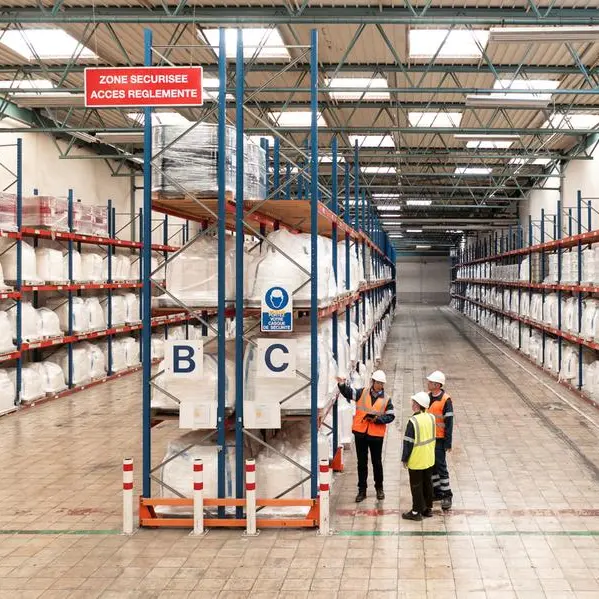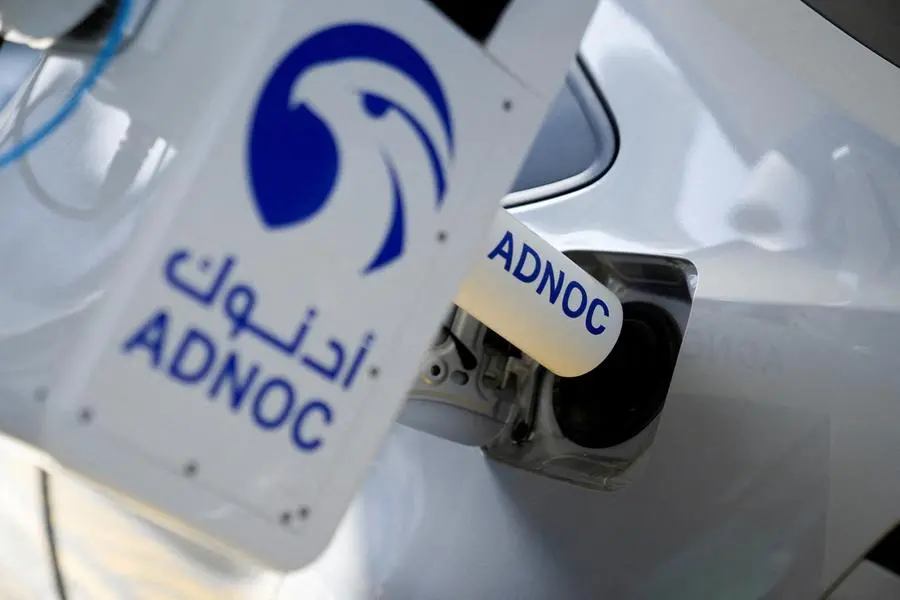PHOTO
Blockchain Technology. Getty Images Image used for illustrative purpose.
The future of finance will be shaped by several key trends that have been prevalent for some time now, which have been broadly accelerated by some of the recent developments such as the pandemic. To this end, the increased use of mobile banking and electronic wallets and the corresponding pivot away from cash will continue, particularly in developing countries with a growing middle class that are likely to leap-frog the traditional model of the growing middle class leading to a growing number of consumers using traditional branch-based banking products, and then ultimately transitioning at a later stage to more mobile-based or e-money banking solutions.
In recent years, the trend of consumers no longer requiring a physical branch in exchange for more convenient and lower cost digital banking solutions has driven the increasing popularity and market share gains of the likes of Revolut, Wise, N26. Yet, most of these companies remain loss-making and require constant external funding.
Going forward, we expect “Neobanks” to take an increasing amount of share as they cater to an increasingly global and cost-conscious customer base. An emerging trend in this space is the now pervasive use of Artificial Intelligence (AI) and Machine Learning (ML) to verify user identities and sources of funds, as well as fraud detection capabilities. This is effectively digitizing the Know Your Customer (KYC) and Anti-Money-Laundering (AML) processes and capabilities of many financial institutions.
Crypto assets
With these trends taking place within the traditional centralized financial industry, how do crypto assets fit in this future? At the core Blockchain and Distributed Ledger Technology (DLT) aims to rewire how our financial systems and processes work by offering newer and more efficient models, without the need for a centralized intermediary for the verification or validation of transactions. For all the hype and excitement that has surrounded the technology for years now, there is no doubt that there are pros and cons of this vision of decentralized future. Fully decentralized blockchains such as Bitcoin are still not feasible to use at scale due to the lower transaction throughput offered by existing centralized systems (e.g. Visa and Mastercard), representing one of the main stumbling blocks to broad-based adoption of crypto assets as a means of payment.
In recent trends, existing centralized systems have sought to use elements of DLT and Blockchain technology emerging as possible solutions to the scalability problem that has always been a stumbling block for truly decentralized blockchains. One prominent example of this on the payment side remain Central Bank Digital Currencies (CBDCs), which are currently being worked on by many central banks globally. These would have the advantages of DLT and blockchain, while allowing governments to maintain in some form control over their monetary toolkit as well as enforcing greater accountability of the use of these assets.
Disruptive potential
One area of great promise and interest in recent months has been the disruptive potential decentralized finance (DeFi). First introduced by the Ethereum blockchain, smart contracts have been the bedrock of the growth of DeFi protocols, providing the technological infrastructure and trusted framework to build applications and deploy computer code on. One of the biggest attractions of DeFi protocols is the disintermediation of processes in the traditional finance world. While DeFi is an umbrella term used to describe the family of applications that aim to disrupt traditional financial services, there are many different iterations of this technology such as stablecoins, insurance and lending protocols as well as decentralized exchanges.
With the recent algorithmic stablecoin shakedown, we witnessed an historic loss of crypto wealth with more than $40 billion of value being destroyed within a matter of days. The ripple effects of this stablecoin collapse were felt broadly across the asset class with crypto prices correcting significantly in the immediate aftermath, but most importantly there was a loss in confidence in the DeFi ecosystem as a trusted technology that could serve as a viable alternative to centralized financial institutions. The Total Value Locked (TVL) in DeFi protocols, which represents a key metric to assess the level of activity and overall value of DeFi protocols, has fallen dramatically since the beginning of the year. At the start of the year, more than $230 billion of value was locked into all DeFi protocols, compared to less than $100 billion of value at present, more than halving since the beginning of the year.
While we believe the wounds of the recent stablecoin shakedown will take some time to heal, we see recent events as a healthy recalibration of risk/return in this space. We maintain our view that once calm is restored, we could see traders returning to the DeFi space seeking to benefit from what will be lower, more sustainable, but still attractive yields from DeFi activities.
























